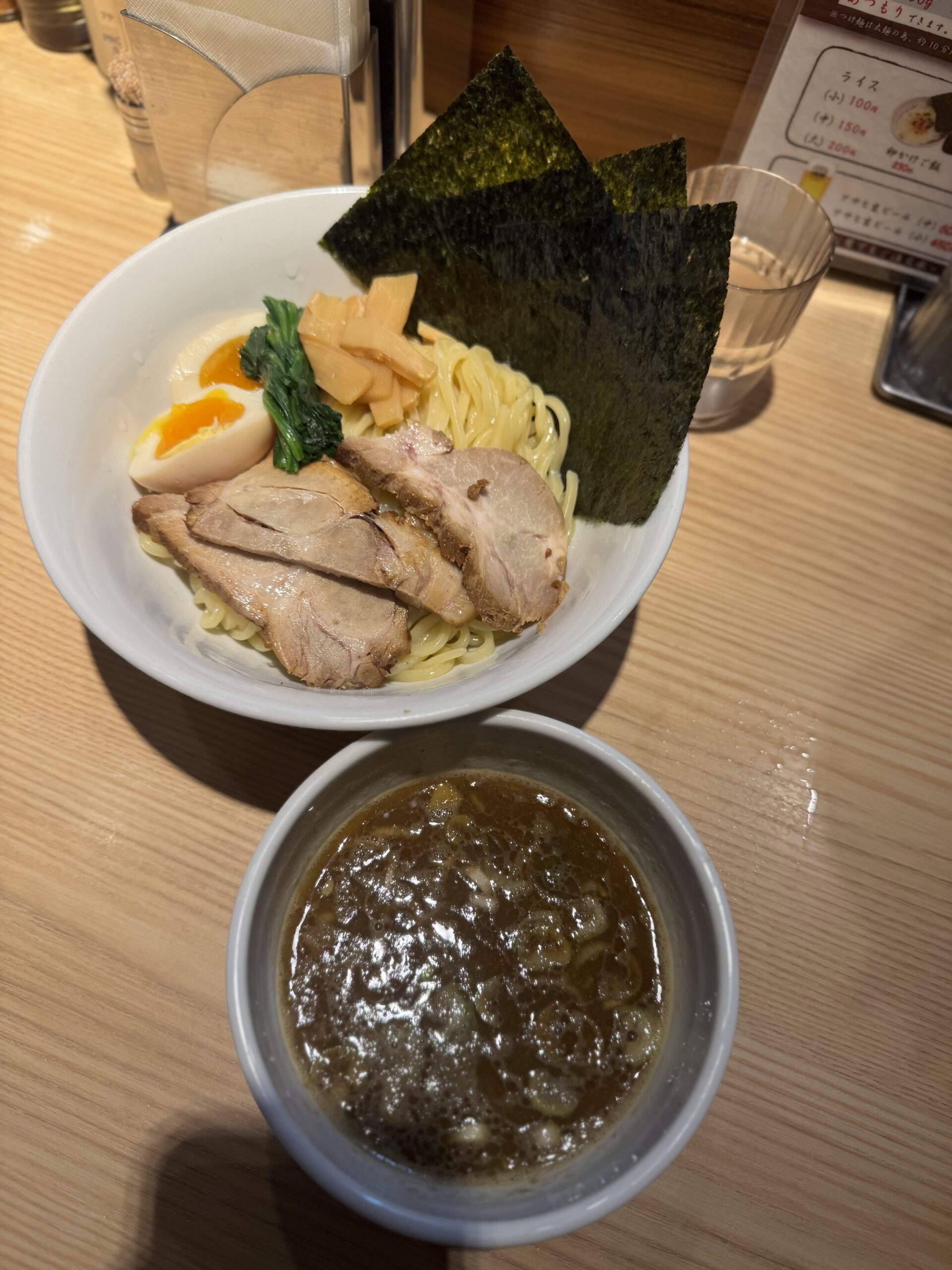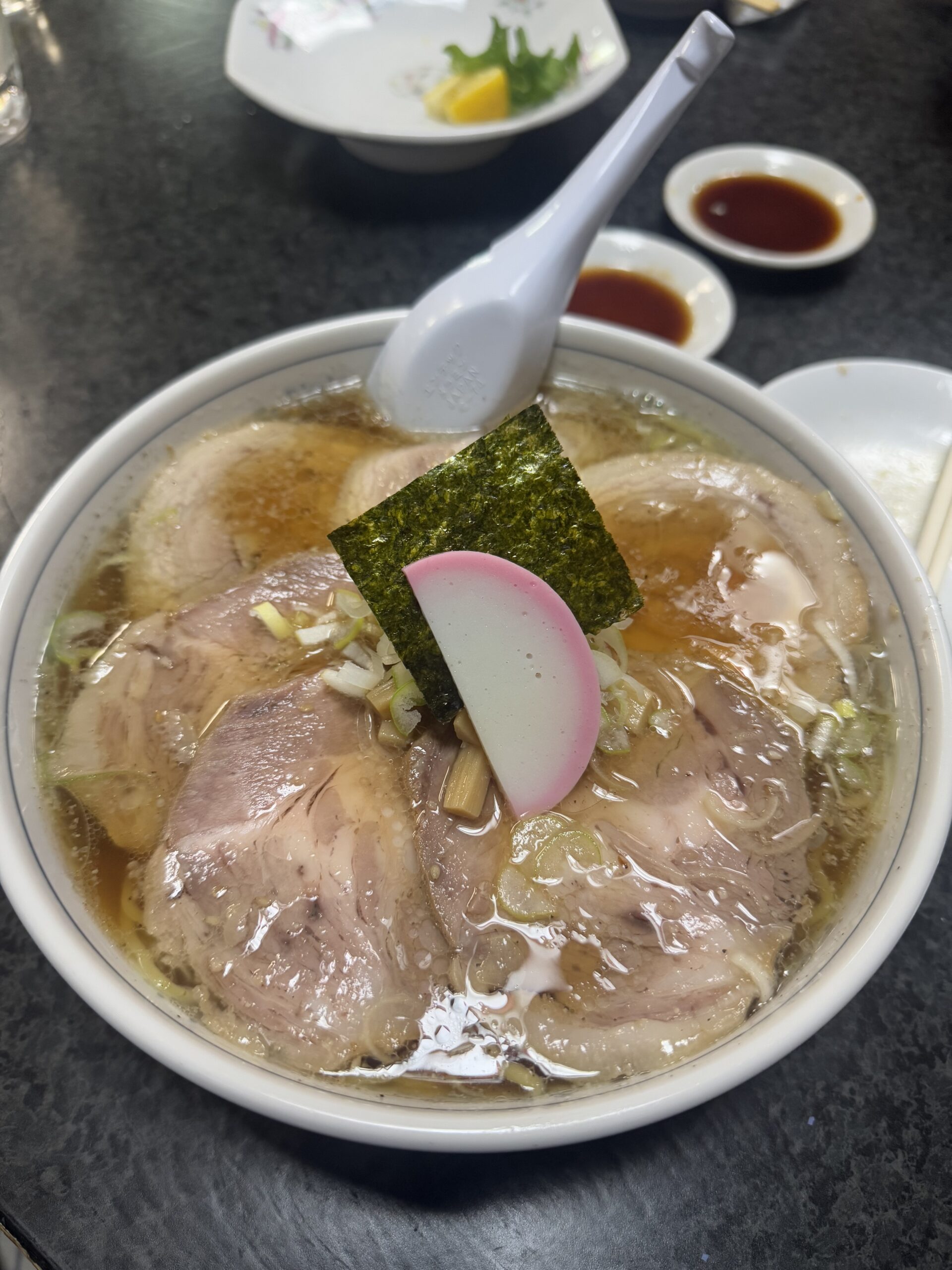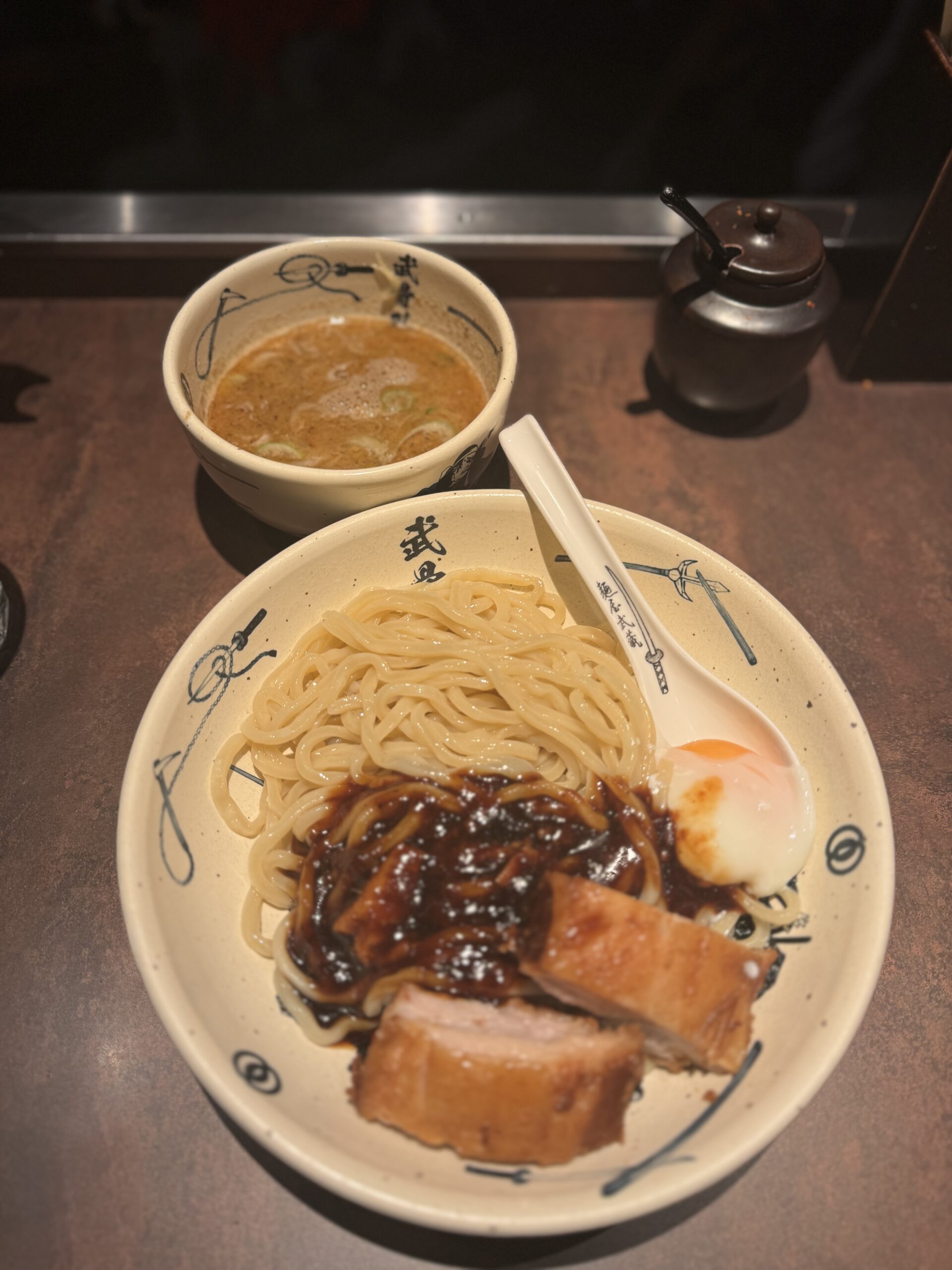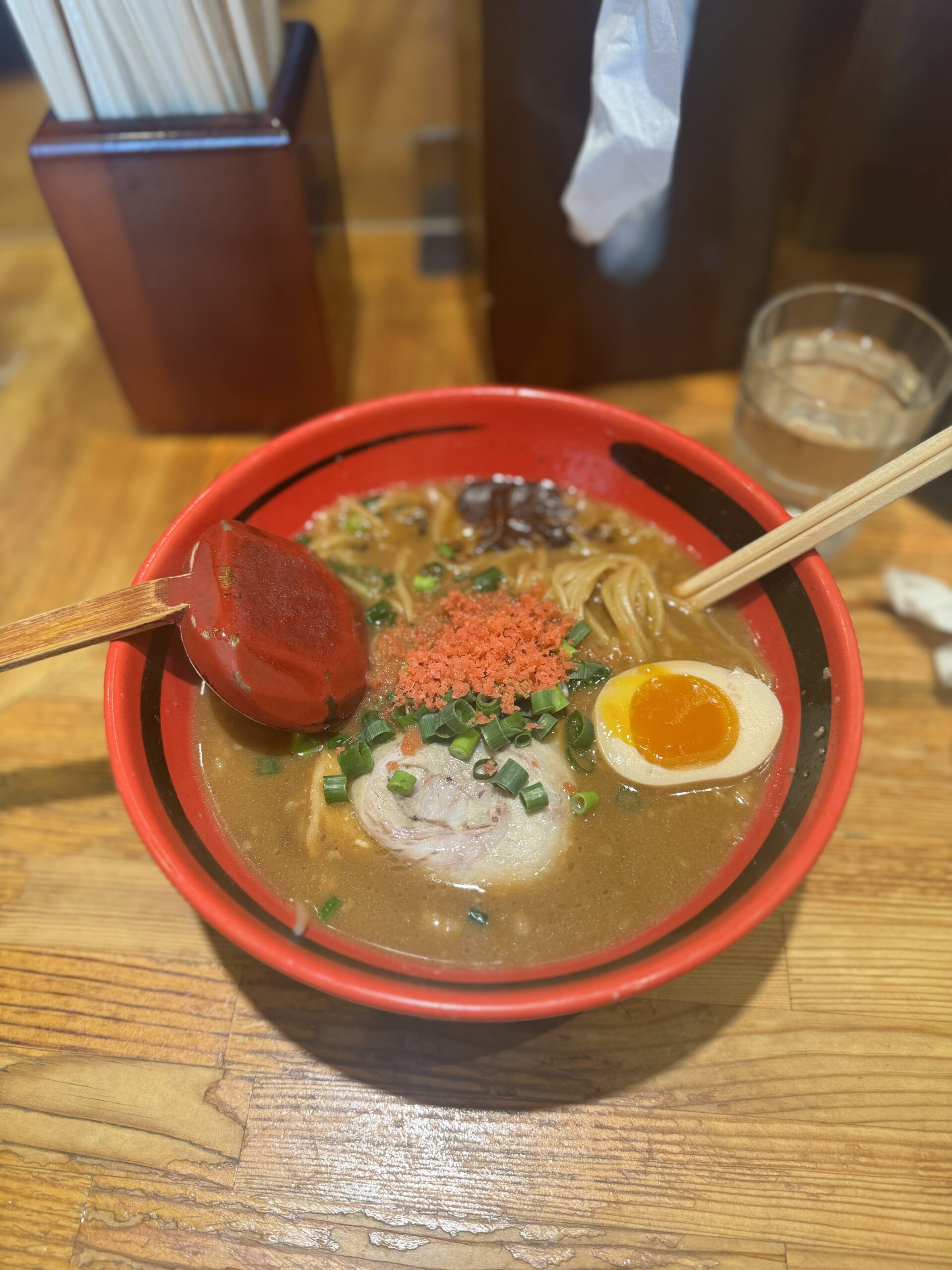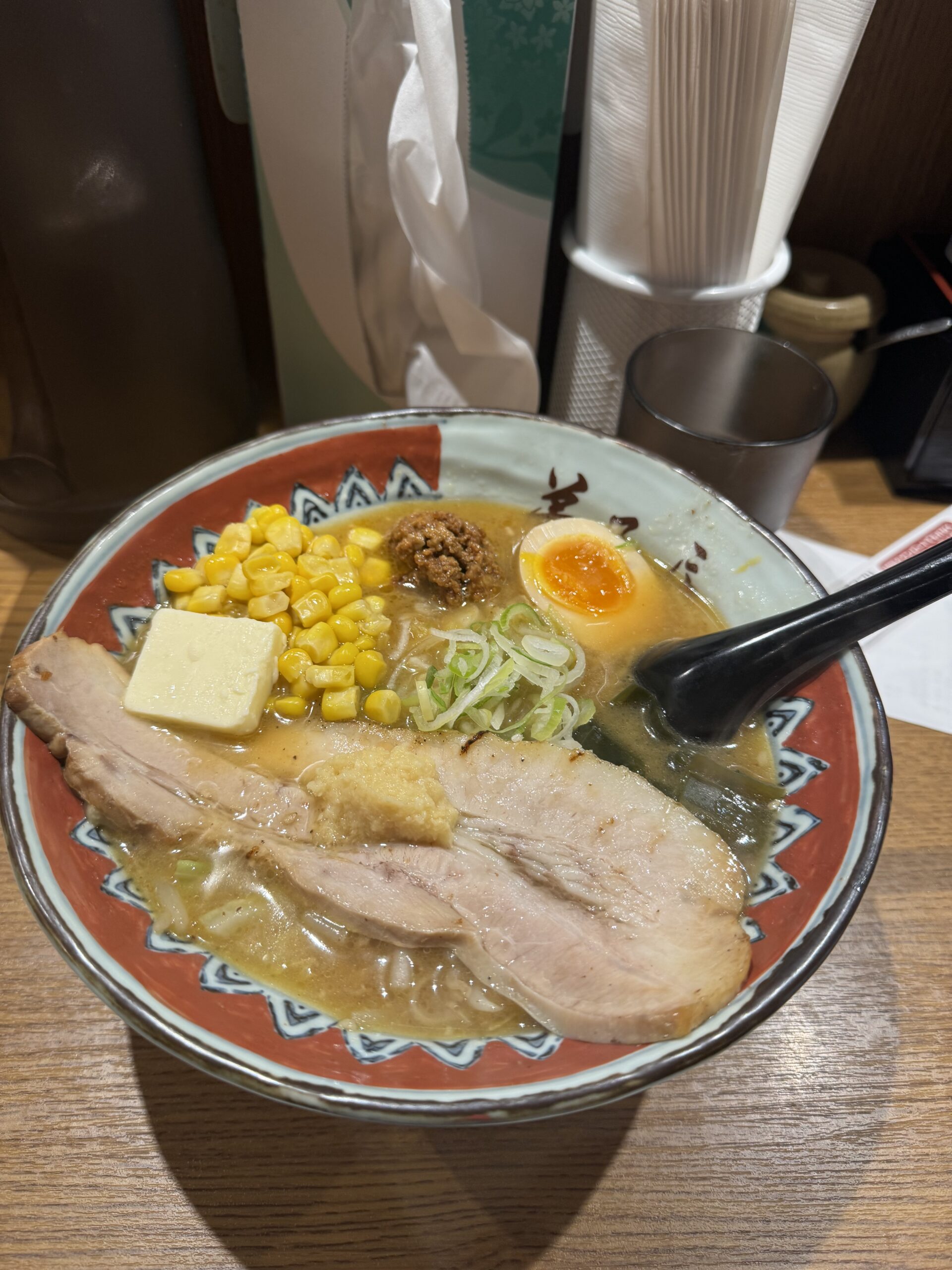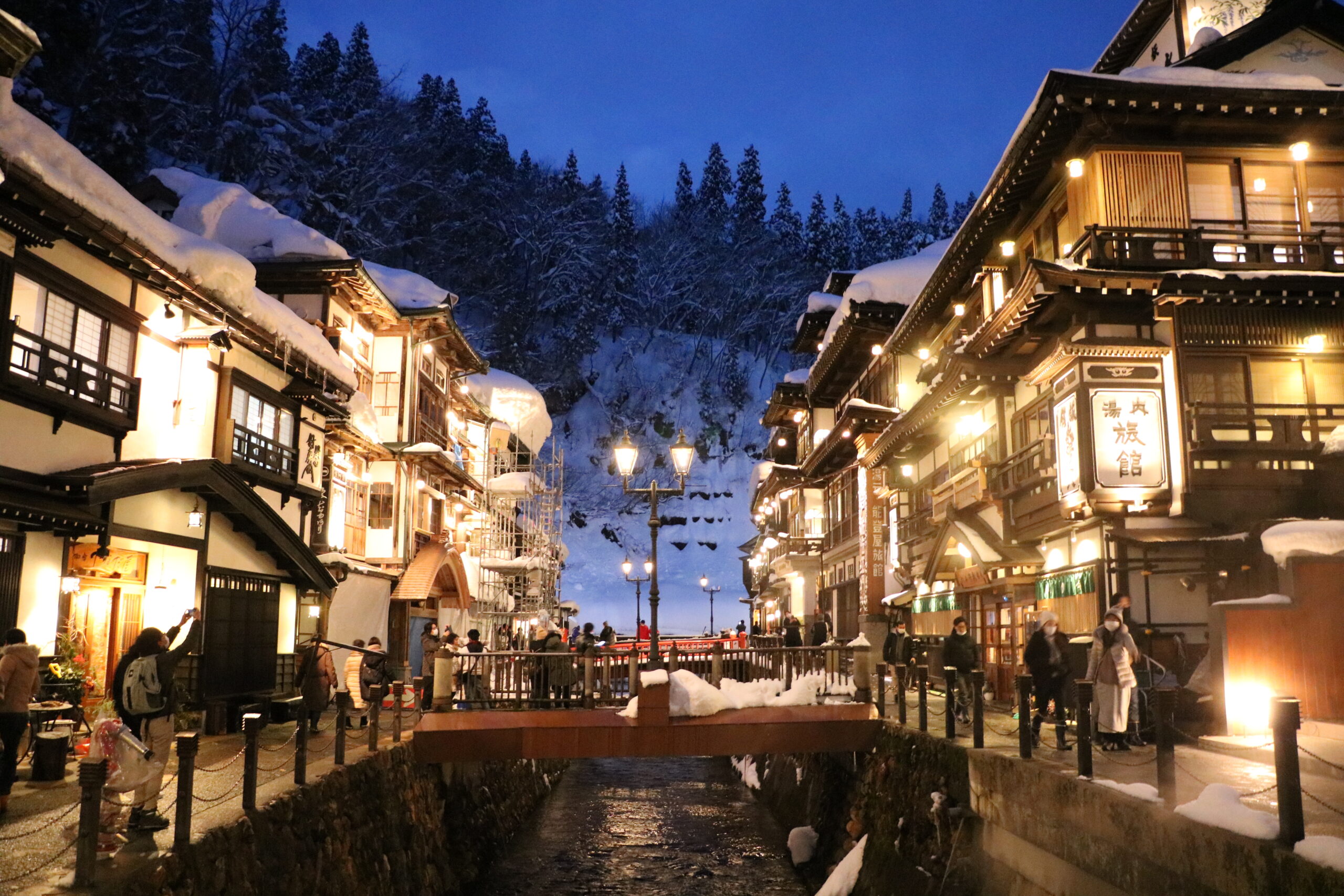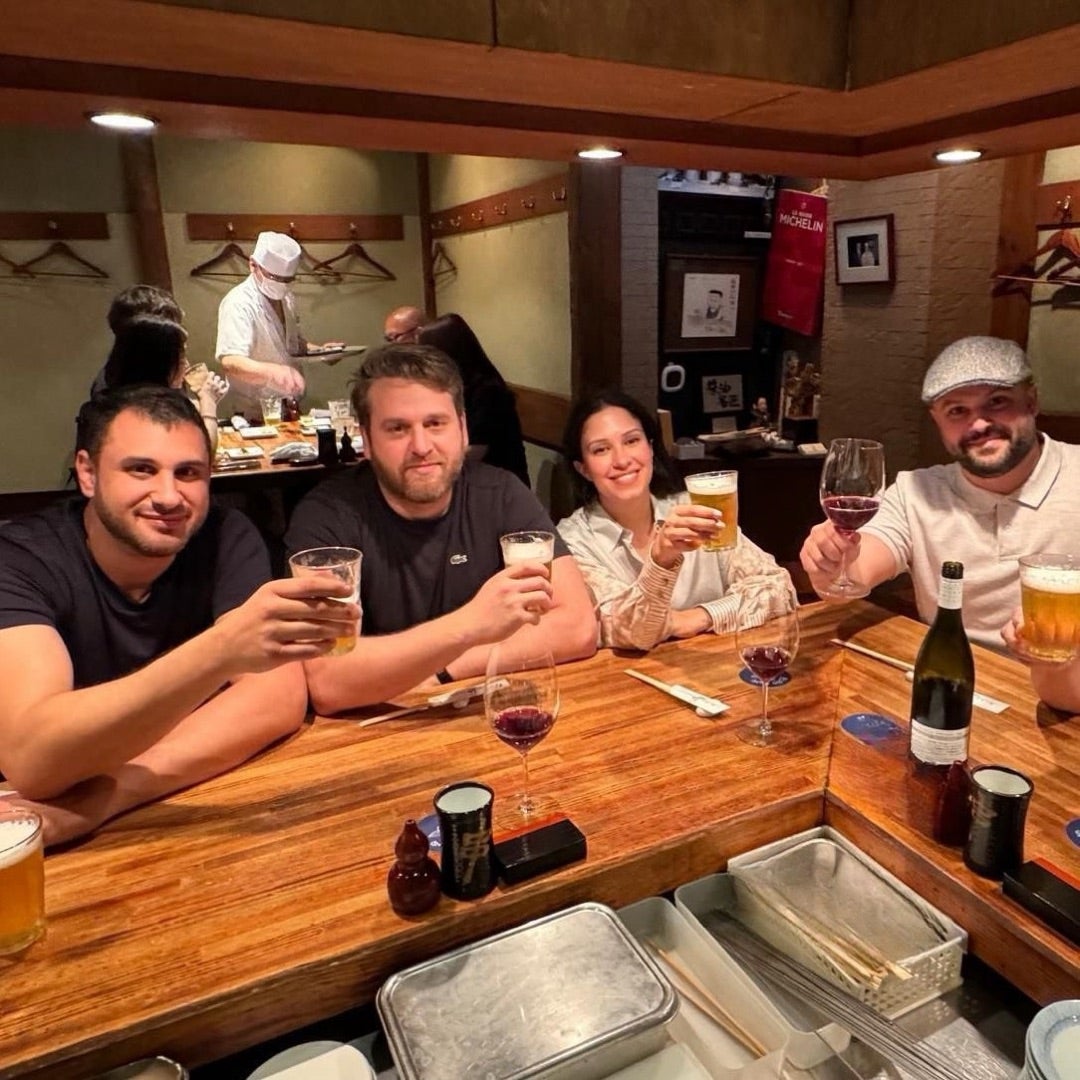

Japanese Ramen: Types, Varieties, and Regional Flavours
Ramen, a noodle dish which originated from China, has become a beloved Japanese dish of people all across the world. Although simple at first glance, it is incredibly diverse, with countless variations in flavour, texture, and presentation. If you are a tourist that is new to ramen, this is your guide to finding out which best suits your taste! From the rich, creamy tonkotsu to the light and refreshing shio, each type of ramen offers a unique experience. Let’s explore the main types of ramen, including some popular varieties, and how some regional differences shape this iconic dish.
The Four Main Types of Ramen
Ramen is usually classified based on its broth base, which provides the basic sauce that defines its taste. There are four main categories:
Shoyu Ramen
Shoyu literally means “soy sauce.” It is one of the oldest and most common types. The broth is clear and brown, a chicken or vegetable stock with added soy sauce for seasoning. Savoury and slightly tangy, it is good with curly noodles. Chashu (braised pork), menma (bamboo shoots), and green onions are common toppings. Shoyu ramen is particularly popular in Tokyo.
Shio Ramen
Shio or “salt” ramen is light and clear, with its broth seasoned with salt. It‘s the oldest kind of ramen and is light and refreshing in flavour. The broth generally uses chicken or seafood while the noodles are usually straight and thin. Shio ramen often comes with seafood, a boiled egg, and nori. It is also a favorite in Hakodate, a city in Hokkaido.
Miso Ramen
Basically, this originally comes from Hokkaido and is made with fermented soybean paste called Miso that gives a wealthy and hearty broth. The soup is thick and full of flavour, usually sweet, and mainly umami tasting. Miso ramen is commonly served with curlier, thicker noodles and topping such as grind pork, bean sprouts, and sometimes butter as toppings. Great in cold weather.
Tonkotsu Ramen
From Kyushu, Tonkotsu ramen is known for its creamy and milky broth, which can only be acquired through the slow boiling of pork bones for hours. Thus, the soup coming out will be rich in collagen, the flavour is deep and umami. Common toppings include chashu, kikurage, and pickled ginger. Must eat for those who loves bold savoury flavours.
Other broths
While these are the 4 main types, there are definitely other types of broths out there for everyone to try. My personal favourite is usually the prawn broth.
Types of Ramen
Beyond the four basic categories, some unique ramen styles have gained popular attention. These include:
Tantanmen
Tantanmen is a Japanese adaptation of the Chinese dan dan noodles. It features a spicy, nutty broth made with sesame paste, chili oil, and ground pork. The broth is creamy and packed with umami, often topped with green onions, bok choy, and a soft-boiled egg. Tantanmen is perfect for those who enjoy a bit of heat and complex flavours.
Tsukemen
Tsukemen is a kind of “dipping ramen” that is fun to eat, this is my personal favourite style. Unlike in traditional serving styles, noodles are served separately from the broth, either chilled or at room temperature. You can dunk them in a little bowl of concentrated broth to eat. This broth is generally thicker and stronger compared to that of common ramen, making tsukemen quite bold and fulfilling.
Abura Soba
Abura soba, which literally means “oil soba noodles,” is a type of brothless ramen. It consists of noodles with a savoury sauce created from soy sauce, vinegar, and chili oil, and common toppings are chashu, green onions, and a soft-boiled egg. It’s slightly lighter than broth ramen.
Mazemen
Mazemen is a brothless ramen too, but saucier compared to abura soba. Noodles are coated in a thick, flavourful sauce and commonly finished with pork belly, vegetables, and a runny egg.
Regional Variations of Ramen
Japanese prefectures are always competing for the best ramen, however; each has its local specialties.
Sapporo Ramen
Sapporo is considered the birthplace of miso ramen. I can confirm I have had the best miso ramen there. Toppings are always going to be pieces of butter, corn, and stir-fried vegetables on top of this broth to express Hokkaido‘s agriculture in the best way possible.
Hakata Ramen in Fukuoka
Hakata is a variety of tonkotsu ramen. Hakata ramen includes extremely rich broth with very thin, straight noodles. Most often served with optional toppings of garlic, sesame seeds, and pickled ginger.
Tokyo Ramen
Tokyo-style ramen generally features a clear, shoyu-based broth and medium thick, curly noodles. Classic and well-balanced ramen that describes the taste of the city‘s food.
Final thoughts:
Ramen is more than a dish; it‘s a cultural phenomenon that displays Japan‘s creativity in food and regional diversity. There are more types beyond what I have provided above. So the next time you slurp into a bowl of ramen, remember to appreciate the artistry and tradition behind this iconic Japanese comfort food.
Written and Photos Taken by Lucy from Australia
Follow us on Tiktok! https://www.tiktok.com/@tokyo_aic
